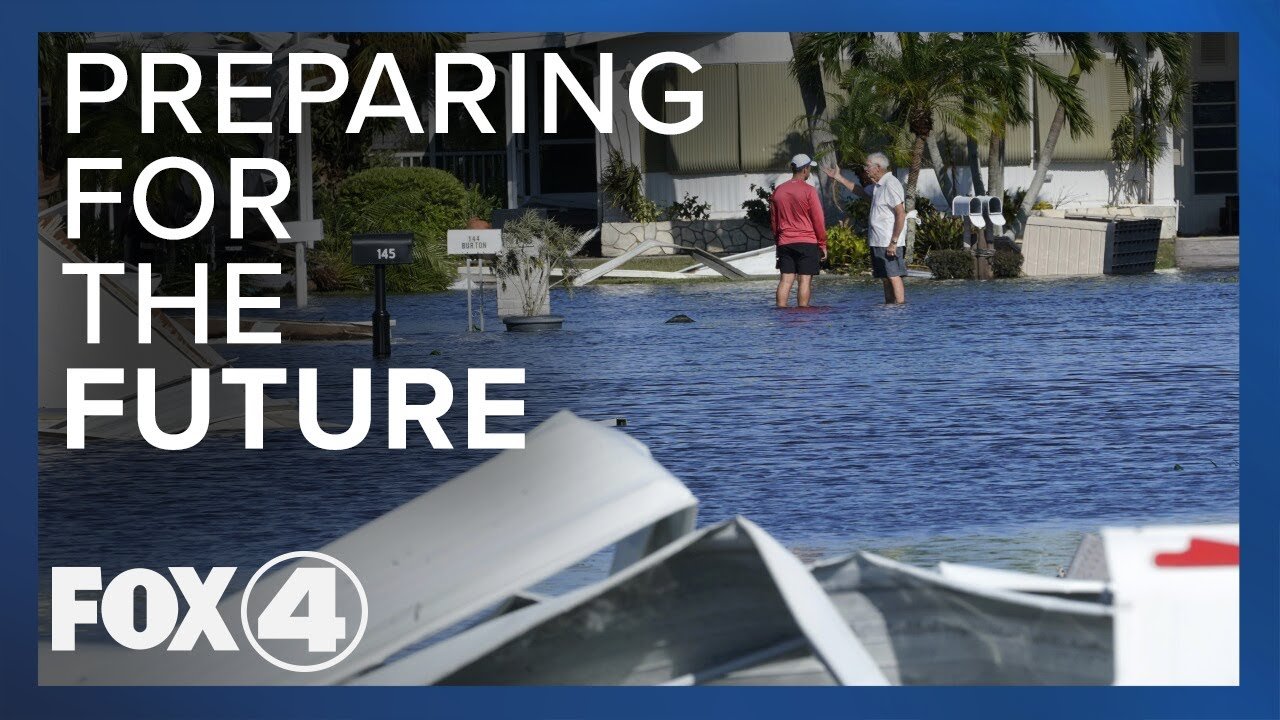As Hurricane Season approaches, city officials in Naples, Florida are exploring new ways to minimize the impact of potential flooding caused by future hurricanes. One proposed solution is the construction of berms, or small hills made of compacted sand, that would help redirect the flow of water away from vulnerable areas during heavy rainstorms. This article will examine the benefits and drawbacks of using berms as a way to reduce flooding in Naples, and how this could potentially impact the city’s efforts to prepare for extreme weather events.
Introduction
Naples, a coastal city in southwest Florida, is no stranger to hurricanes and flooding. With the increasing frequency and intensity of extreme weather events, such as Hurricane Irma in 2017 and Hurricane Dorian in 2019, the city has taken proactive measures to reduce flood damage in the future. One such measure is the implementation of berms, which are being installed to alleviate storm surge and run-off in vulnerable areas.
What are Berms?
Berms are earthen barriers built along the shoreline or around bodies of water to serve as a buffer against floods and tidal surges. They are typically made from natural materials like sand, soil or gravel, and can range in height from a few inches to several feet. Berms not only protect against flooding, but they can also enhance beach architecture and aesthetics, increase habitat for wildlife, and provide recreational opportunities for visitors.
Why Naples Needs Berms
Naples is situated along the Gulf of Mexico and is thus at risk of storm surge and flooding. In a high tide, the seawater level already rises above sea level, so when a hurricane hits, the additional water can cause catastrophic damage. The city’s low-lying areas that are close to the coast, including Old Naples, Royal Harbor, and Bay Shore, are particularly vulnerable to flooding during severe weather events. Without adequate protection, these areas could suffer from severe environmental and economic damage.
Benefits of Berms
Berms are a practical and effective way to reduce the impact of severe weather events on Naples’s coastline. Here are four key benefits of berms:
1. Flood Protection
Berms act as a barrier between the ocean and coastal communities, reducing the chance of flooding during high tides and storm surges. They serve as a buffer, slowing down water and promoting absorption, helping to minimise excess run-off in the event of heavy rain.
2. Erosion Control
Berms help prevent erosion by holding soil in place and reducing the velocity of waves. They can help to stabilise a beach and keep sand from washing away, which is valuable to the ecosystem.
3. Habitat Creation
Berms can create an opportunity to expand the ecosystem beyond the beach. In addition to plant and horde life on the beach, the berms can provide extra habitation for fish and bird wildlife, ultimately strengthening ecosystems in the area.
4. Aesthetics
Berms can be constructed with natural materials which not only look aesthetically pleasing but can be beneficial to visitors. For instance, building and equipping berms may create more leisure and recreational opportunities for the people who live in and visit the beach.
Conclusion
As natural disasters continue to increase in frequency and severity around the world, it’s essential that Naples protects itself from the damage caused by severe weather events. Berms can be cost-effective and environmentally friendly options to provide protections against the floods that have been plaguing this community over recent years. With the government’s continued efforts to maintain and enhance the cities coastal defences and the growing concern among residents it is crucial for Naples to take a proactive stance towards its coastal defences in the coming years. In turn, the city can continue to thrive within its coastal setting while ensuring its coastal ecosystem remains sustainable for generations to come.




































